8 Dividend Stocks You Will Want to Own in Retirement
Wall Street is in love with dividend stocks — maybe too much in love.
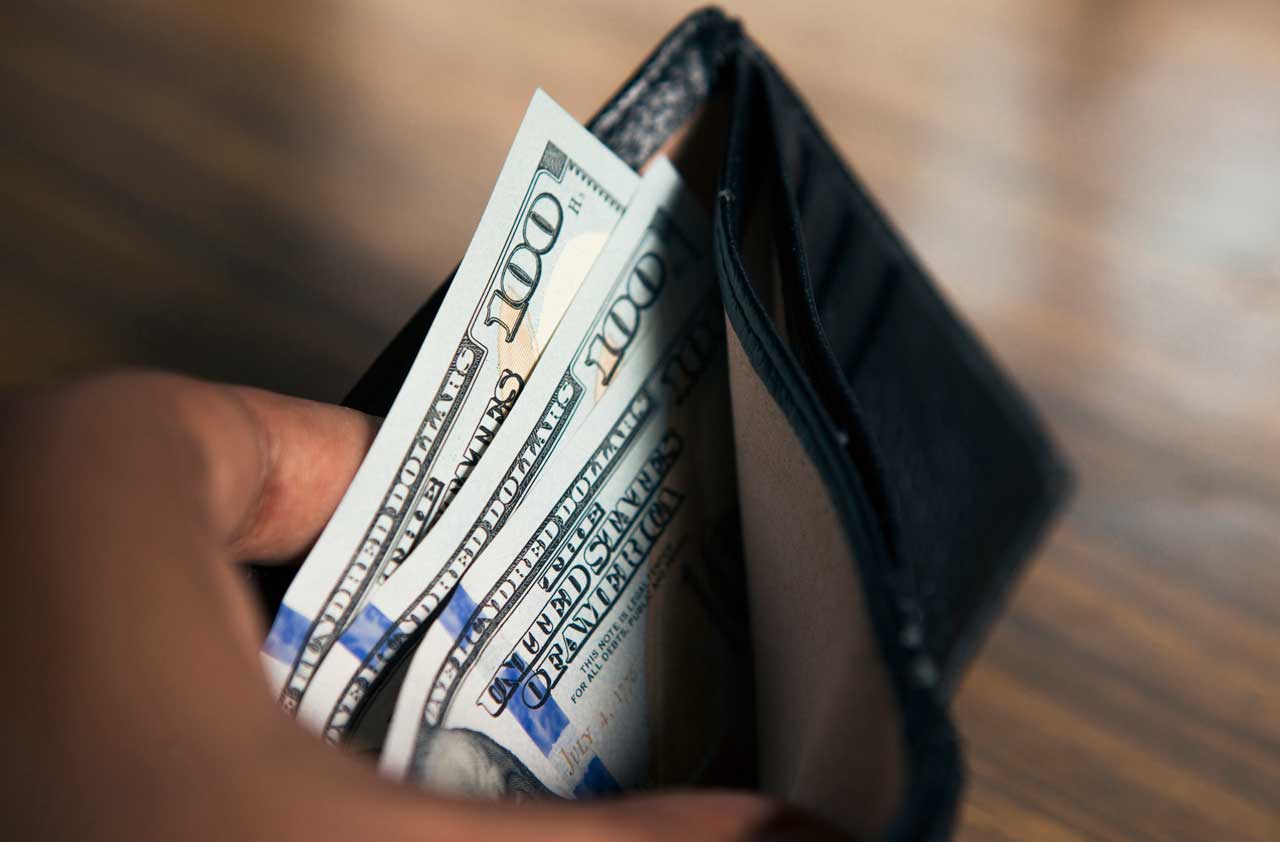

Wall Street is in love with dividend stocks — maybe too much in love. In fact, dividend-paying stocks have performed so well in 2016 that many are starting to look pricey. That means that retirees, in particular, need to be careful about which dividend payers they’re buying if they're trying to both protect and grow their nest egg.
We went hunting for dividend stocks that meet two conditions important to many retirees: first, low risk that the dividend could be cut, and second, reasonable expectations for long-term dividend growth as well as share price gains.
We found eight names worth considering, depending on your goals and risk tolerance. Some offer relatively high yields but slow dividend-growth prospects; some offer lower yields but strong growth prospects; and others are in the middle ground, with decent yields and good growth prospects.
Disclaimer
Our picks are listed in alphabetical order. Share prices and related figures are through March 22. Unless otherwise indicated, earnings estimates are for calendar 2016 and 2017.
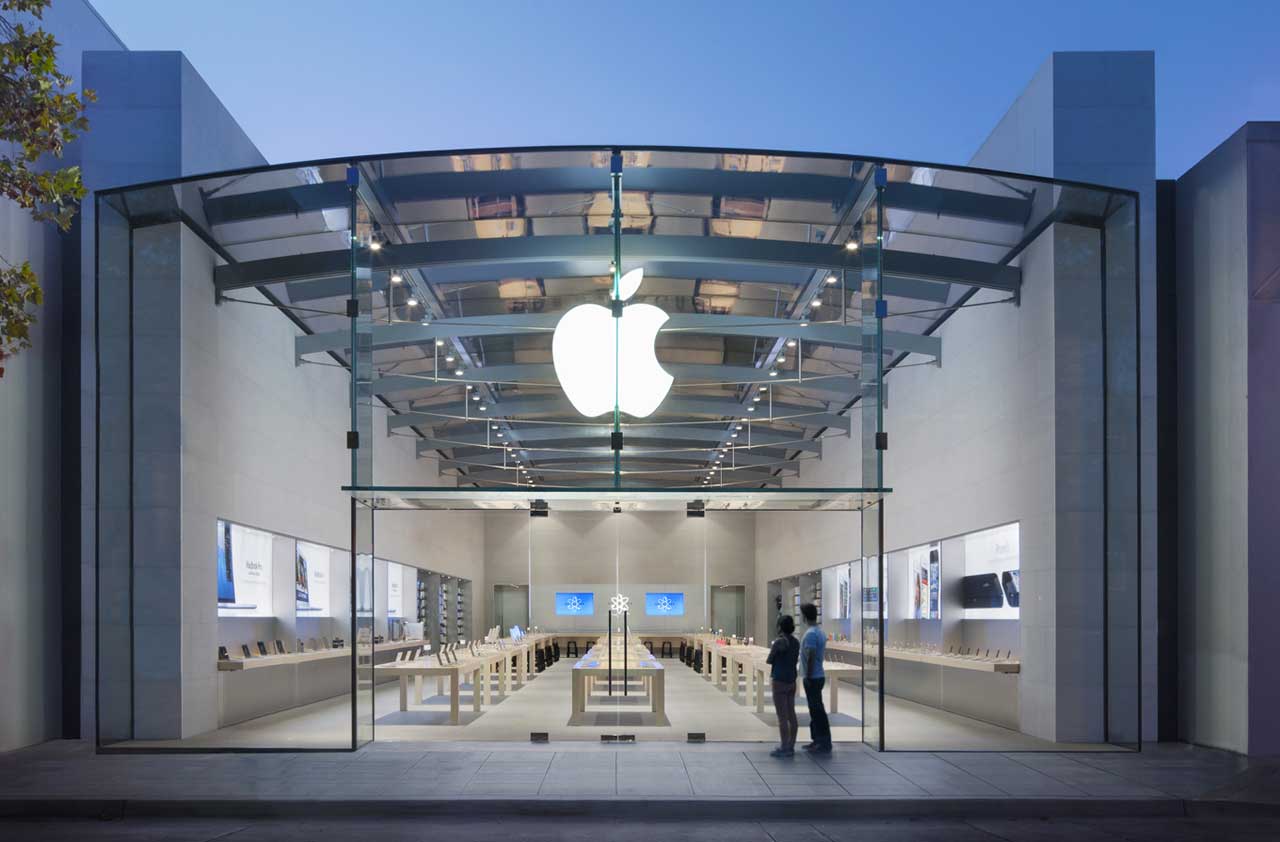
Apple
- Market capitalization: $591.7 billionEstimated earnings per share: $9.07 for the fiscal year ending September 2016; $10.02 for the fiscal year ending September 2017Current dividend rate: $2.08Five-year dividend growth rate (annualized): Not applicableCurrent yield: 1.9%
- Business basics: "Trees don't grow to the sky," the old Wall Street line goes. And neither, it turns out, do iPhone sales. Apple (symbol AAPL, $106.72) forecast in January that its revenues in the January-March quarter would fall, the first year-over-year quarterly decline since 2003. And a key reason for the shortfall likely will be the first-ever drop in sales of iPhones, the iconic product that accounted for 66% of Apple's total sales of $234 billion in the fiscal year that ended last September.
- The dividend story: Apple shareholders may never know for sure, but the buffer provided by the company's dividend probably helped keep the stock from a deeper decline as growth fears escalated. Reinstituted in 2012 to reward investors, the initial quarterly dividend amounted to $1.51 per share on an annualized basis. Increases each year since then have lifted the annual rate to $2.08.
- Outlook: Given the $216 billion in cash and investments in Apple’s treasury, if any dividend is safe it's this one. What's more, the payout is just 23% of the $9.07 per share that Wall Street expects Apple to earn in the current fiscal year. So Apple has plenty of room to keep raising the dividend for income-hungry shareholders. Meanwhile, many analysts argue that the stock, at just 12 times fiscal 2016 earnings estimates, has overreacted to slower iPhone sales. Users may not be as quick to upgrade to new phones lately, but that shouldn't cloud the long-term value of Apple's huge global customer base, bulls say. "The Apple ecosystem has never been stronger," says analyst Steven Milunovich, of brokerage UBS.
- SEE ALSO: Best Nasdaq Stocks for Dividends
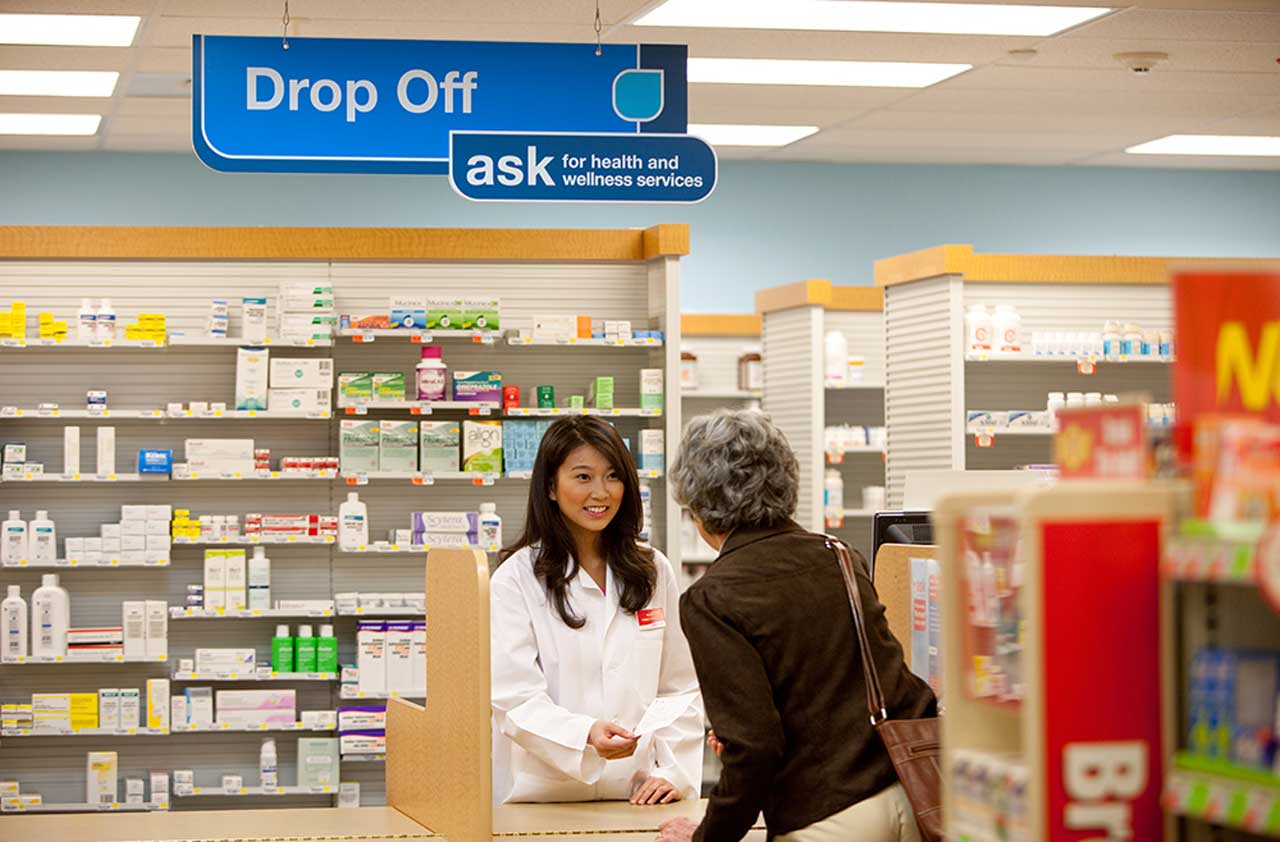
CVS Health
- Market capitalization: $112.2 billionEstimated earnings per share: 2016, $5.82; 2017, $6.56Current dividend rate: $1.70Five-year dividend growth rate (annualized): 27.7%Current yield: 1.7%
- Business basics: American consumers know CVS (symbol CVS, $101.94) as the second-biggest drugstore chain, after Walgreens. But CVS's growth strategy has been one of large-scale "vertical" integration in the health care field: delivering health services in a variety of ways, including via 9,600 retail pharmacies, 1,100 walk-in medical clinics and a drug-benefits manager (Caremark) that serves 75 million plan members. The company has mushroomed from $44 billion in sales in 2006 to $153 billion in 2015. Profit soared from $1.60 per share to $5.16 in the same period, and CVS shares have more than tripled.
- The dividend story: With the stock yielding just 1.7%, CVS’s appeal is long-term income growth, not current yield. Chuck Carlson, publisher of the Big Safe Dividends website, says CVS is a play on "continued growth in health care spending and increased access to health care for individuals." The company also made its shares more attractive to retirees by becoming much more generous with dividends beginning in 2010. Since then, the annualized payout has jumped from 35 cents per share to the current rate of $1.70, a 386% increase. The last change was a 21% hike in February.
- Outlook: Although CVS is vulnerable to any sustained weakness in consumer spending, brokerage Barclays says the stock's pullback from its 2015 high has left it undervalued relative to expected per-share profit growth of 13% this year and 13% in 2017. As for the dividend, CVS says its goal is to pay out 35% of its annual earnings in cash to shareholders by 2018, compared with 27% in 2015. That suggests more hefty dividend hikes in the next few years.
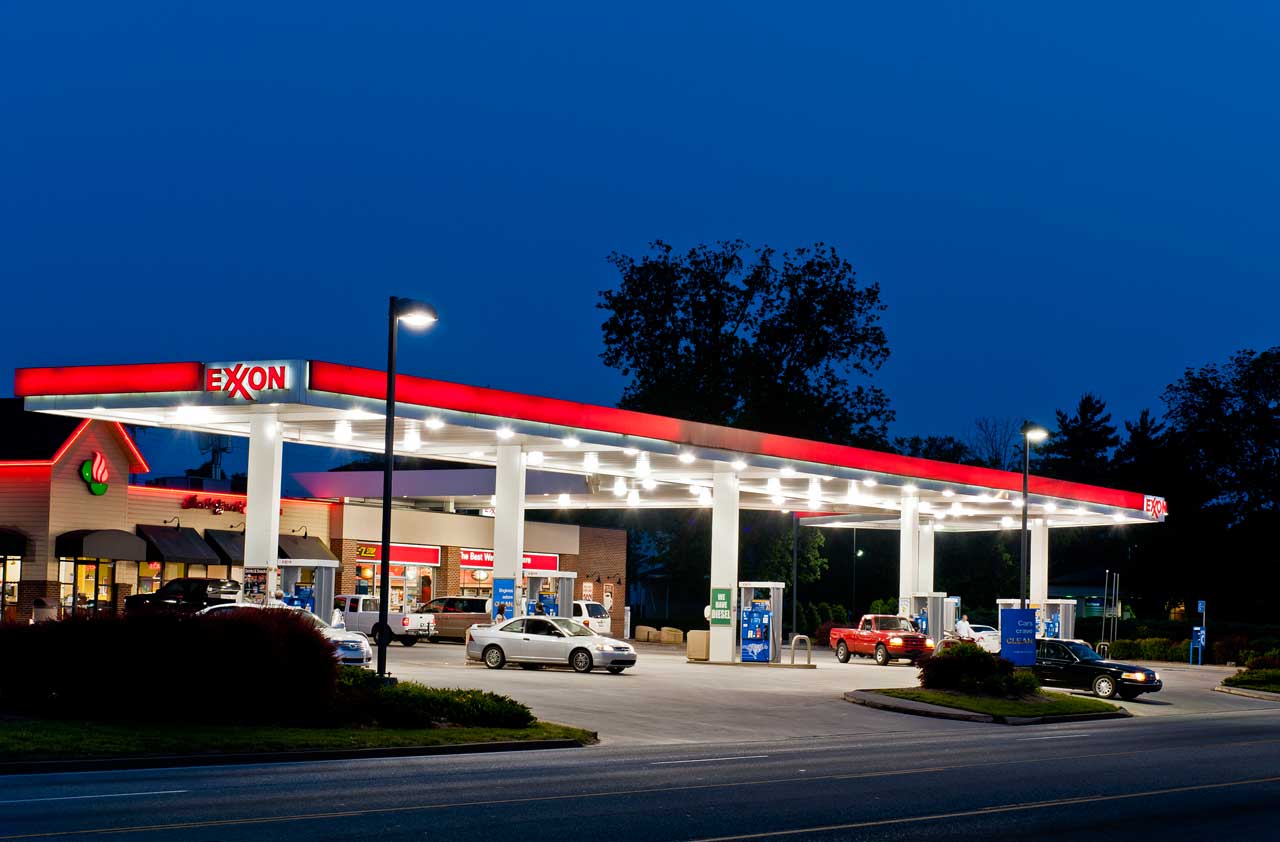
ExxonMobil
- Market capitalization: $349.3 billionEstimated earnings per share: 2016, $2.32; 2017, $4.18Current dividend rate: $2.92Five-year dividend growth rate (annualized): 10.7%Current yield: 3.5%
- Business basics: The collapse of oil and natural gas prices has left much of the energy industry awash in red ink. But ExxonMobil (symbol XOM, $84.12) has remained profitable — just not at its usual high levels. The company has long been considered one of the most conservative energy firms, carefully controlling its costs and avoiding high-risk development projects. That kept Exxon in the black last year, even as revenue plunged to $269 billion from $412 billion in 2014.
- The dividend story: Exxon is a member of a small club dubbed the Dividend Aristocrats by Standard & Poor's. The 50 blue-chip companies in the group have raised their dividends every year for at least 25 years — a record that makes the companies natural favorites of many retiree investors. Even last year, Exxon stepped up with a 5.8% increase beginning with its second-quarter dividend payment.
- Outlook: So far, so good. But this year may be the real test for Exxon's dividend, unless the recent oil-price rebound accelerates. Analysts estimate that the company will earn just $2.32 per share in 2016, which means Exxon wouldn't make enough to cover the current dividend. But looking at free cash flow, which is the money the business generates after subtracting capital spending, the firm should produce enough cash to easily maintain the dividend. Brokerage Goldman Sachs goes a step further, suggesting that Exxon won't just hold the payout steady but could well boost it, a way to further cement the energy giant’s status as a Dividend Aristocrat.
- SEE ALSO: Thumbs Down on a Retiree Rule of Thumb

Honeywell International
- Market capitalization: $86.0 billionEstimated earnings per share: 2016, $6.60; 2017, $7.23Current dividend rate: $2.38Five-year dividend growth rate (annualized): 12.3%Current yield: 2.1%
- Business basics: Growth of its existing businesses, acquisitions and a sharp focus on efficiency have built Honeywell (symbol HON, $112.98) into a highly profitable U.S. manufacturer of industrial goods. It has three main business lines: aerospace; automation and controls and specialty materials, including refrigerants and resins. In 2015, the company recorded its sixth straight year of double-digit-percentage earnings growth, even as total sales slipped 4%, to $38.6 billion, because of weak global demand.
- The dividend story: Honeywell has made the dividend a priority in recent years. It has nearly doubled the payout since 2010. The most recent boost: 15% in December. "Even in a slow-growth global economic environment, Honeywell remains committed to growing our dividend faster than earnings for shareholders," CEO David Cote told investors last October. The stock’s current yield of 2.1% is in line with the 2.2% yield of Standard & Poor’s 500-stock index, but the primary lure for income investors is the likelihood of above-average future dividend growth.
- Outlook: Honeywell's appetite for expansion presents both opportunity and risk for shareholders. Early this year, the company revealed that it had made merger overtures to United Technologies (symbol UTX). What Honeywell saw was the chance to wring from United the kind of efficiencies Honeywell has achieved in its own businesses. Though United — which owns, among other things, aircraft-engine maker Pratt & Whitney and Otis, the elevator manufacturer — rebuffed the proposal, Honeywell could be in the market for another big acquisition. But even without a major deal, says Morningstar, Honeywell's three divisions — and particularly its aerospace unit — have carved themselves "wide economic moats" that could ensure healthy profit growth for years to come.
- SEE ALSO: 9 Great Dividend-Paying Stocks for 2016

Johnson & Johnson
- Market capitalization: $296.2 billionEstimated earnings per share: 2016, $6.51; 2017, $6.88Current dividend rate: $3.00Five-year dividend growth rate (annualized): 6.8%Current yield: 2.8%
- Business basics: Johnson & Johnson (symbol JNJ, $107.38) is the world's biggest diversified health care company, generating annual sales of about $70 billion from three sectors: prescription drugs, medical devices and consumer products, including Tylenol and Band-Aids. Earnings hit a record in 2014 before slipping in 2015, hurt by weakness in some of the device businesses and by the strong dollar. Last year’s setback notwithstanding, research firm S&P Global Market Intelligence says J&J has "unmatched depth and breadth in growing global health care markets."
- The dividend story: Like ExxonMobil, J&J is one of S&P's Dividend Aristocrats. In J&J's case, the streak of consecutive dividend hikes is now 53 years. The payout has grown 39% over the past five years, including a 7.1% boost last June. Backstopping the dividend is J&J's huge free cash flow (the cash its businesses generate after subtracting capital expenditures). That immense cash-generating power is one reason J&J is one of just three U.S. firms with the top, triple-A credit rating (the others: Exxon and Microsoft).
- Outlook: J&J in January gave an upbeat forecast for 2016, projecting growth in operating earnings of as much as 7.7% from 2015. The company also announced a restructuring of its lagging medical-devices unit. Brokerage RBC Capital Markets says the company has high hopes for 10 new prescription drugs in its pipeline, including treatments for psoriasis and prostate cancer. "We are confident that J&J is going to be one of the fastest-growing drug companies over the next three years," RBC says. That could be a big plus for dividend growth.
- SEE ALSO: Stocks Paying Dividends for 100 Years or More
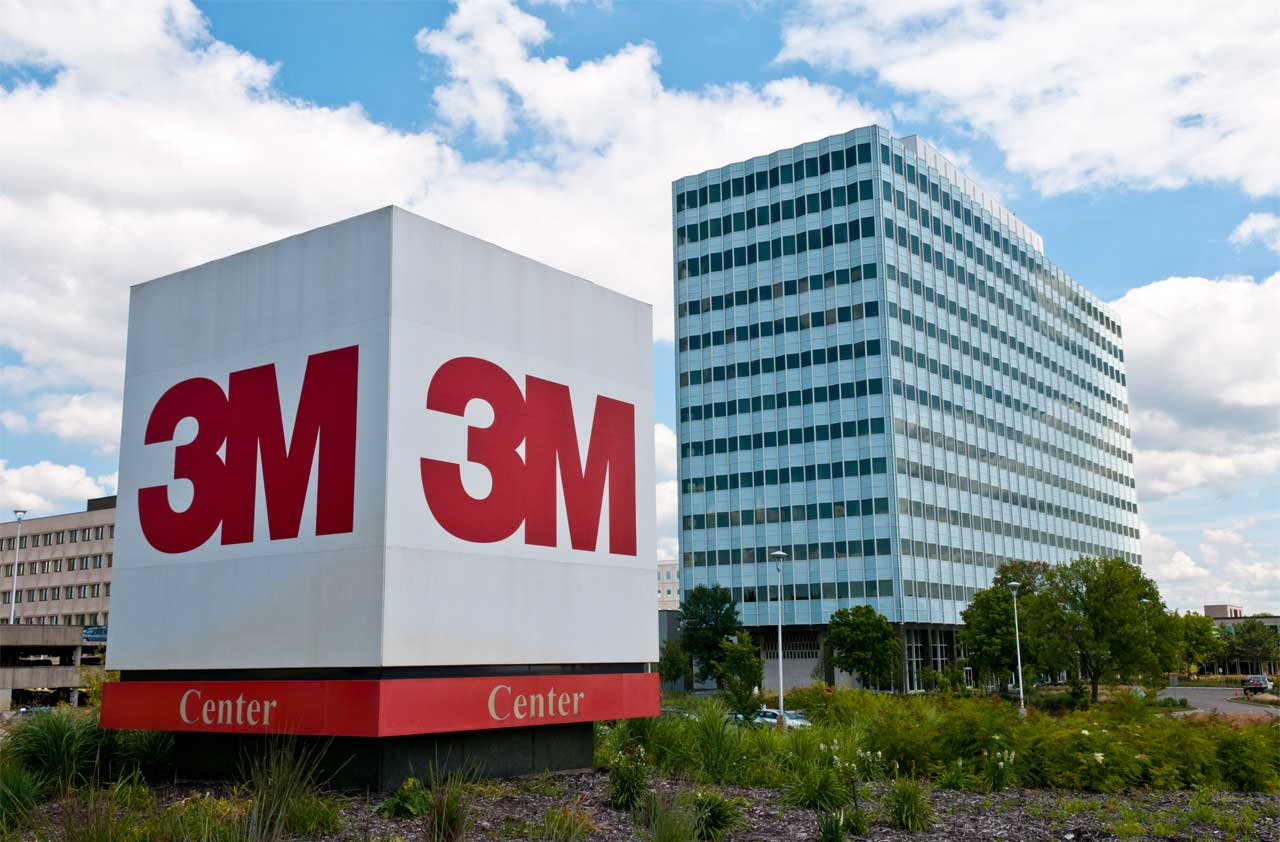
3M
- Market capitalization: $99.8 billionEstimated earnings per share: 2016, $8.22; 2017, $8.91Current dividend rate: $4.44Five-year dividend growth rate (annualized): 15.1%Current yield: 2.7%
- Business basics: 3M (symbol MMM, $164.91) has long been the glaring exception to the rule that a company should "do one thing and do it well." The firm makes more than 55,000 products for consumers and businesses, from its world-famous Scotch tapes to advanced ceramics for industry. That product portfolio brought in $30.3 billion in sales in 2015. Morningstar says 3M's genius lies in its ability over time to "tweak technology to serve specific needs," repeatedly coming up with new niche products across its four main sectors of abrasives, adhesives, coatings and filters. As with many U.S. multinationals, 3M's sales were down last year as the strong dollar devalued foreign results. But per-share earnings hit a record $7.58, thanks to ongoing stock buybacks.
- The dividend story: The same strong cash flow that has funded 3M's stock buybacks also supports its dividend. 3M, like ExxonMobil and Johnson & Johnson, is a Dividend Aristocrat, having raised its payout 57 straight years. The most recent increase, an 8.3% boost this month, lifted the payout to an annualized $4.44 per share. That puts the stock's yield at 2.7%.
- Outlook: 3M seems poised to continue its streak of dividend hikes in the next few years. But with the shares richly priced, at 20 times estimated 2016 earnings per share, investors need to have a long-term view. 3M also is a strong way to play an economic recovery in emerging markets, from which the company derives more than one-third of its sales. If the dollar continues to weaken against many foreign currencies, as it has so far this year, 3M’s bottom line should benefit.

Verizon Communications
- Market capitalization: $216.8 billionEstimated earnings per share: 2016, $3.99; 2017, $4.06Current dividend rate: $2.26Five-year dividend growth rate (annualized): 3.0%Current yield: 4.2%
Business basics: As the nation's biggest wireless telecom company, with 112 million retail customers, Verizon (symbol VZ, $53.21) offers a service that many people simply couldn't live without. But after years of strong growth, the U.S. wireless market is maturing. Couple that with heated competition from rivals such as AT&T (symbol T) and T-Mobile (symbol TMUS), heavy capital spending on new technology and a high debt load, and it isn't surprising that Verizon warns that it's hitting a profit wall. Verizon expects 2016 profit to "plateau" near last year's level. And Wall Street analysts expect only slight improvement in 2017. - The dividend story: The good news for investors who want an above-average high yield is that Verizon's payout, currently an annual rate of $2.26 per share, appears safe. The disbursement is equivalent to 57% of Verizon's 2015 earnings, a comfortable percentage for a relatively stable business. More important, Verizon generates enough free cash flow to cover the dividend.
- Outlook: Verizon's warning about plateauing earnings naturally raises questions about future dividend growth. Increases in recent years have been modest; the last one was a 2.7% boost in November. Although the company's cash flow gives it leeway to raise the payout further, this stock is for investors who care more about current yield and safety than strong near-term profit and dividend growth. At the same time, any pullback in the stock would make it more attractive from two angles. First, the dividend yield would rise, and second, investors would get a cheaper entry point for a company that is investing heavily in new telecom services to fuel long-term growth.
- SEE ALSO: 5 Best Tech Stocks for Dividends, No FANGs Required

Wal-Mart Stores
- Market capitalization: $217.3 billionEstimated earnings per share: $4.13 for the fiscal year that ends in January 2017; $4.36 for the year that ends in January 2018Current dividend rate: $2.00Five-year dividend growth rate (annualized): 6.5%Current yield: 2.9%
- Business basics: Wal-Mart (symbol WMT, $67.87) is fighting to be a growth company again. The world's largest retailer has continued to rack up greater sales, nearing a half-trillion dollars annually now. But net income of $14.7 billion in the fiscal year that ended in January was $1 billion less than what the firm earned four years earlier. Wal-Mart is battling intense price competition from dollar stores at the brick-and-mortar level and from Amazon.com (symbol AMZN) in cyberspace. What's more, its moves to raise workers' wages have further squeezed profits.
- The dividend story: The dividend provided a firewall, of sorts, as the Wal-Mart shares crumbled to as low as $56.30 in December. At the stock's bottom, the yield was a hefty 3.5%. That was attractive enough to buyers who figured that, if nothing else, the dividend was safe. That's a good bet. Wal-Mart in February said that it expects to earn $4 to $4.30 per share in the January 2017 fiscal year. At the current dividend rate of $2 per share, Wal-Mart is paying out just half of the low end of its profit forecast.
- Outlook: Kelley Wright, managing editor of the Investment Quality Trends newsletter, says the shares remain "vastly undervalued." One encouraging sign is that sales at Wal-Mart’s U.S. stores open at least a year — an important measure for assessing retailers — have risen for six straight quarters. The dividend could be another good barometer for Wal-Mart’s prospects: The company has raised the annual per-share dividend rate just 4 cents a year in each of the past three years. A bigger hike could signal growing confidence that the company's fortunes have turned.
- SEE ALSO: 7 Great Stocks That Keep Raising Dividends
Get Kiplinger Today newsletter — free
Profit and prosper with the best of Kiplinger's advice on investing, taxes, retirement, personal finance and much more. Delivered daily. Enter your email in the box and click Sign Me Up.

-
 Why You Should Pay Your Traffic Tickets Before They Become a Six-Figure Headache
Why You Should Pay Your Traffic Tickets Before They Become a Six-Figure HeadacheSkip a ticket, pay a fortune: How ignoring traffic fines can wreck your wallet, credit and coverage.
-
 The Best Health Care Stocks to Buy
The Best Health Care Stocks to BuyThe best health care stocks offer investors a defensive hedge in an uncertain market. Here's how to find them.
-
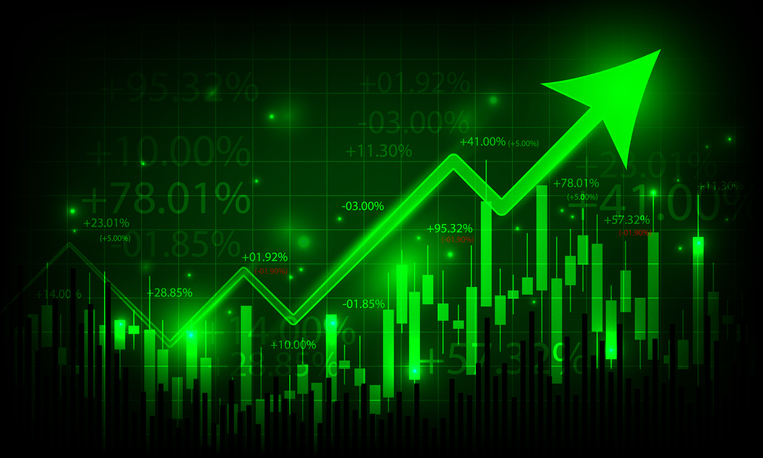 Stock Market Today: S&P 500 Nabs Longest Win Streak Since 2004
Stock Market Today: S&P 500 Nabs Longest Win Streak Since 2004The stock market's rebound from its mid-April tariff-induced lows has been nothing short of impressive.
-
 Stock Market Today: Dow Drops 971 Points as Powell Pressure Ramps Up
Stock Market Today: Dow Drops 971 Points as Powell Pressure Ramps UpPresident Trump is increasing his attacks against Jerome Powell, insisting the Fed chair cut interest rates.
-
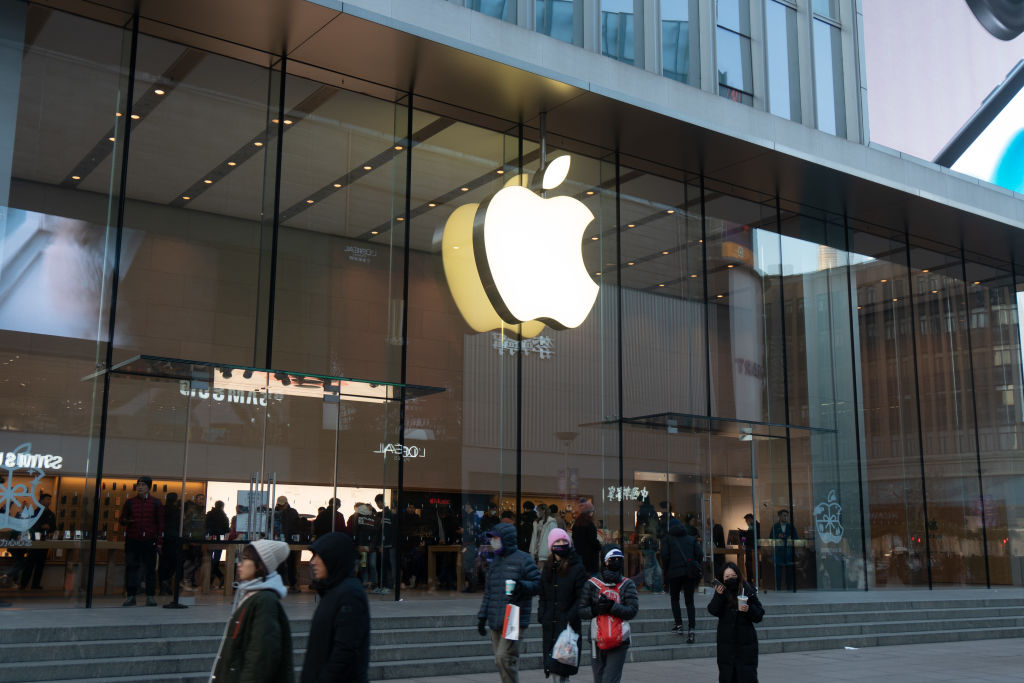 Wall Street Is Worried About Apple Stock. Should You Be, Too?
Wall Street Is Worried About Apple Stock. Should You Be, Too?Analysts expect Trump's sweeping tariffs to have an outsized impact on Apple stock. How concerned should investors be?
-
 The Stock Market Is Selling Off. Here's What Investors Should Do
The Stock Market Is Selling Off. Here's What Investors Should DoInvestors started fleeing the equities market en masse in response to the Trump administration's "jaw-dropping" tariffs. But the experts say don't panic.
-
 Should You Sell Tesla Stock as Elon Unrest Grows?
Should You Sell Tesla Stock as Elon Unrest Grows?Tesla's CEO is wearing many hats and is managing them "with great difficulty."
-
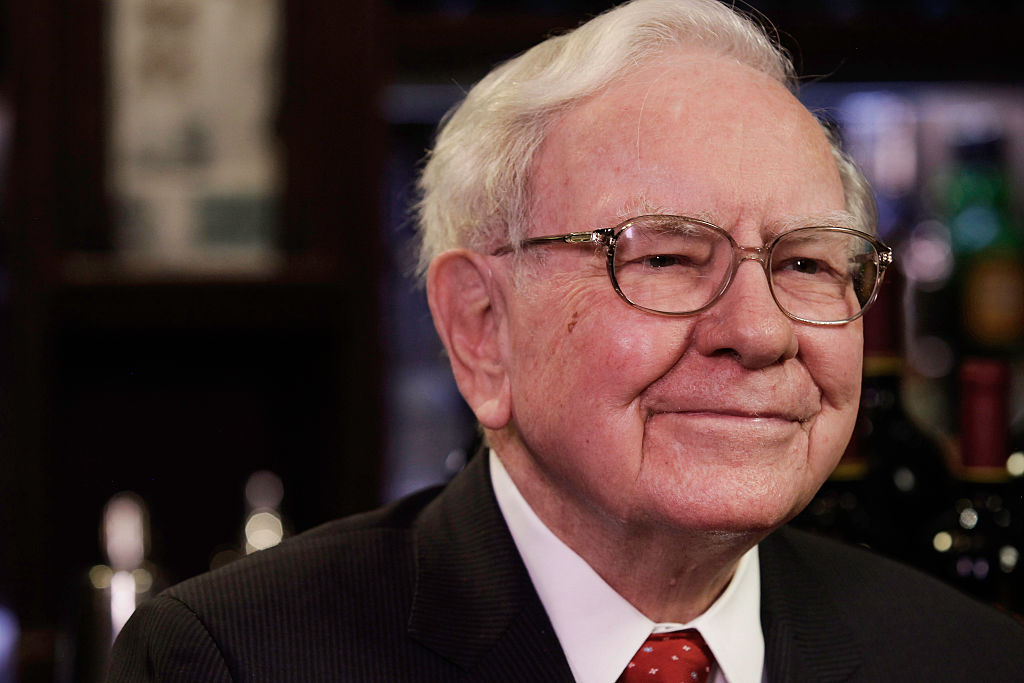 5 of Warren Buffett's Best Investments
5 of Warren Buffett's Best InvestmentsWarren Buffett has had plenty of wins throughout his decades of investing. Here, we highlight five of Buffett's best investments.
-
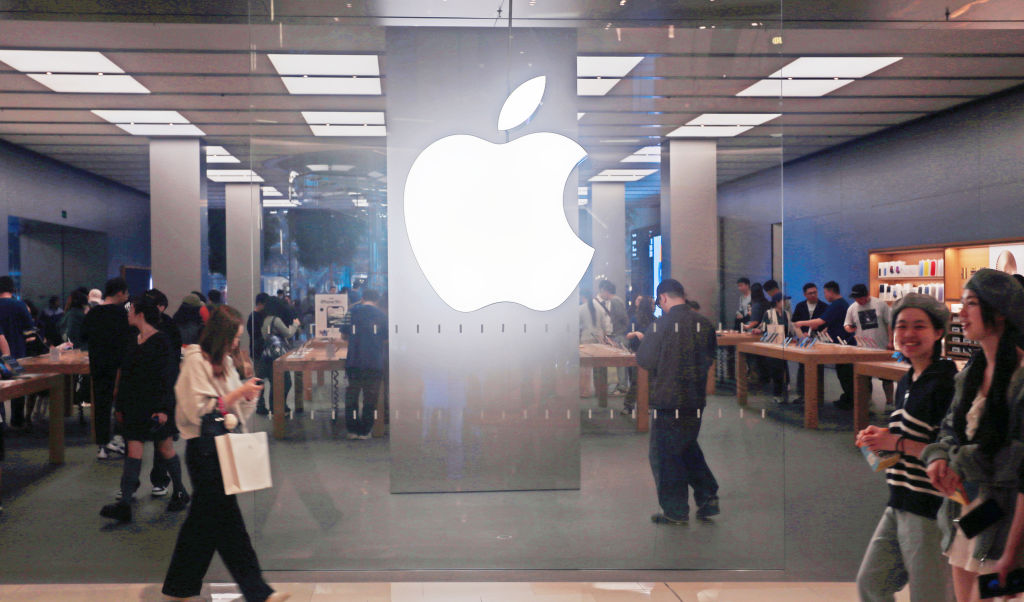 Apple's 100,000% Return Is a Result of Innovation, Brand Loyalty and Buybacks
Apple's 100,000% Return Is a Result of Innovation, Brand Loyalty and BuybacksApple spends billions buying back its own shares, but this is just one catalyst behind the incredible growth in its share price.
-
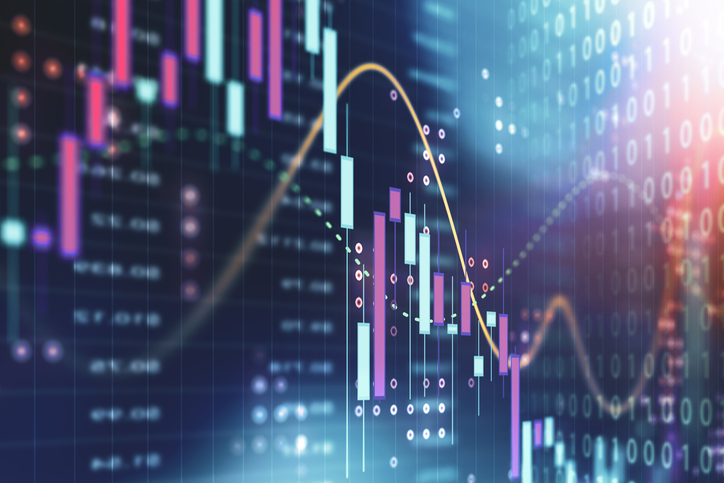 Stock Market Today: Stocks Struggle After Trump's EU Tariff Threats
Stock Market Today: Stocks Struggle After Trump's EU Tariff ThreatsStocks pared early gains after Trump threatened the European Union with 25% tariffs.
